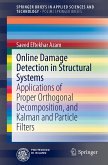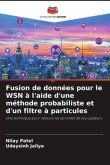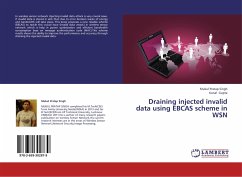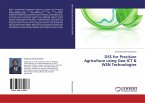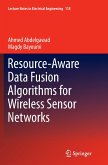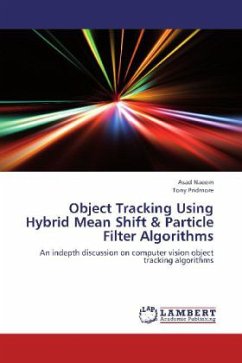We have seen a huge increase in the use and application of a tiny device called a sensor in a number of fields. A single network may consist of many tiny sensors that sense different or same types of data. All the data sensed may vary due to data inaccuracy, inconsistency, incorrectness and imperfect so a method should be developed to get the most accurate and correct result. Data fusion is the approach by which we can get the near correct results. In this work, I have simulated three methods and two algorithms to get the best posterior data. All the methods were simulated and the result shows how one can reduce error from sensed data of sensors and predict future data based on previous data considering types of error possible in an environment.



